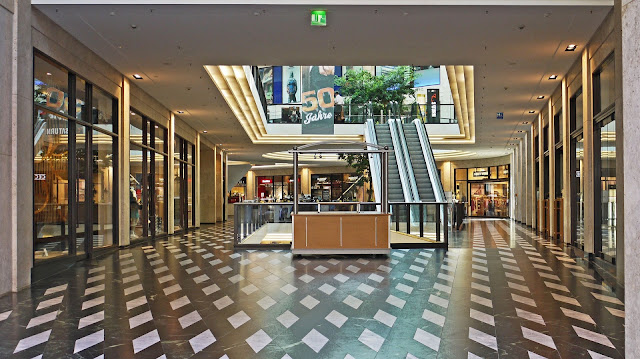It’s undeniable that the retail landscape has changed dramatically in recent years and continues to do so. For this reason, many people are quick to label our current era as the “death” of retail. It’s true that we are experiencing a shift away from traditional shopping mall culture. Convenience has become key, enabled by the internet and innovative order fulfillment options. But the future is bright—for those companies and brands able to adapt to consumer demand and new technology.
What does the future hold for the retail industry? Here are a few trends to consider when making retail-related business decisions.
Pursuit Of Omnichannel Retail
Omnichannel retail typically means selling through online and offline channels in an effort to provide a seamless and convenient experience to customers. This may include some combination of an e-commerce website, pop-up stores, social media platforms, permanent physical stores and more. This gives consumers flexibility in how they shop.
Some shoppers will choose to buy online and pick up in-store. Others want to personally inspect items before they buy so they may visit your store first to conduct research. Some people will choose an online-only journey, transacting online and shipping items to their doorstep or a package pickup location.
More retailers pursuing omnichannel retail experiences helps explain, in part, why the U.S. experienced an increase of more than 4,000 U.S. retail stores in 2017. In an effort to provide a more personalized, responsive customer journey, many e-commerce stores find that establishing a physical presence helps their bottom line. Conversely, physical retailers can benefit from adding an online component for additional functionality throughout the funnel.
The rise of Artificial Intelligence in The Industry
Leaders within the retail industry are also increasingly adopting artificial intelligence-based solutions for functions like personalizing the shopping experience, discovering insights within data and providing responsive customer service.
For example, retail data analytics allows business users across an organization to derive insights from stored data. Instead of depending on human teams to sift through billions of rows of data, AI algorithms can detect patterns and relationships within seconds. This enables teams across a company—from merchandising to sales and every department in between—to make more informed decisions on the fly. In a fast-paced industry like retail, any competitive edge helps merchants adapt and thrive.
Another usage for AI in retail is employing responsive smart chatbots. Consumers appreciate speedy, helpful responses from brands. But it’s not always feasible to have customer service representatives standing by via phone, email or chat 24/7. Human-only interactions also take longer, which can mean an extended wait for customers “on hold.”
AI bots can help customers conduct product searches, as well as answering questions on social media and e-commerce websites. If the interaction becomes complicated, the AI bot can pass off the customer to a live customer service representative. But often, these tools can solve customer issues in a low-impact way—even impressing shoppers with their immediacy.
Finally, robots are making their way into retail, both behind the scenes and even to the forefront of sales. Robots are streamlining warehouses and manufacturing, taking over some of the more rote duties so workers can focus on more complex tasks. In sales, robots are useful for pointing customers in the right direction, keeping track of inventory in real time and more.
A Mobile-First Approach To Shopping
Business Insider predicts that 45 percent of U.S. e-commerce will come from mobile devices by 2020—equating to $284 billion in revenue. Retailers must provide a responsive platform for smartphones and tablets, as this percentage just keeps rising over time.
Understanding the future of e-commerce in the present will help merchants acclimate to changes and stay competitive.
